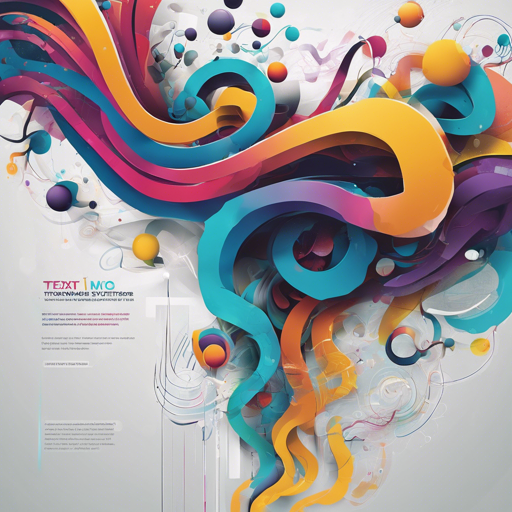Ever wanted to create images just from descriptions? Welcome to the fascinating world of Text to Image Synthesis using Thought Vectors! In this blog, we will walk you through the process of synthesizing images from captions using the GAN-CLS Algorithm and Skip Thought Vectors, delivered with a touch of enthusiasm to make the journey enjoyable!
Understanding the Basics
This project is rooted in the exciting intersection of natural language processing and image generation. Imagine you have a magical box that, when you say “a flower with bright red petals,” it conjures an image of exactly that! This project leverages a complex model architecture, where the blue bars represent thought vectors, to transform descriptive text into captivating visuals.
Requirements
- Python 2.7.6
- Tensorflow
- h5py
- Theano (for skip thought vectors)
- scikit-learn (for skip thought vectors)
- NLTK (for skip thought vectors)
Datasets
Downloading the datasets is as seamless as a few clicks! Just run the following command:
python download_datasets.pyThis command will download all necessary datasets and models automatically. You will be primarily working with the flowers dataset. Here’s how to integrate it properly:
- Download the images from the link and save them in
Data/flowers. - Download the captions from this link, extract the archive, and paste the
text_c10folder intoData/flowers. - Download the pretrained models and vocabulary for skip thought vectors as per the instructions given here.
How to Use It
Now that we have our datasets, let’s roll up our sleeves and start processing!
Data Processing
Extract the skip thought vectors for the flowers dataset using the command:
python data_loader.py --data_set=flowersTraining the Model
Time to teach our model with some lovely floral images! Start training with the following command:
python train.py --data_set=flowersHere are some options you can tweak:
-z_dim: Noise Dimension (Default is 100)-t_dim: Text feature dimension (Default is 256)-batch_size: Batch Size (Default is 64)-image_size: Image dimension (Default is 64)-learning_rate: Learning Rate (Default is 0.0002)-epochs: Max number of epochs (Default is 600)
Generating Images from Captions
Got some captions? Let’s create images from them! Follow these steps:
- Write your captions in a text file and save it as
Data/sample_captions.txt. - Generate the skip thought vectors with:
- Finally, generate the images using:
python generate_thought_vectors.py --caption_file=Data/sample_captions.txtpython generate_images.py --model_path=path_to_trained_model --n_images=8Sample Images Generated
Here are beautiful generated images that our model created from the captions:
| Caption | Generated Images |
|---|---|
| the flower shown has yellow anther red pistil and bright red petals |  |
| this flower has petals that are yellow, white and purple and has dark lines |  |
| the petals on this flower are white with a yellow center |  |
| this flower has a lot of small round pink petals. |  |
Troubleshooting
If you encounter challenges while setting up or running your code, here are some tips to help you debug:
- Ensure that all dependencies are properly installed.
- Check that your data directories are set up correctly.
- Verify that the image dimensions match your specified parameters.
- For issues related to training, review your hyperparameter settings.
In case you need more insights or assistance, feel free to reach out and stay connected with **fxis.ai**.
Conclusion
Now you’re equipped to delve into the world of text-to-image synthesis! With just a few steps, you can create beautiful images based on captions using advanced techniques.
At **fxis.ai**, we believe that such advancements are crucial for the future of AI, as they enable more comprehensive and effective solutions. Our team is continually exploring new methodologies to push the envelope in artificial intelligence, ensuring that our clients benefit from the latest technological innovations.

